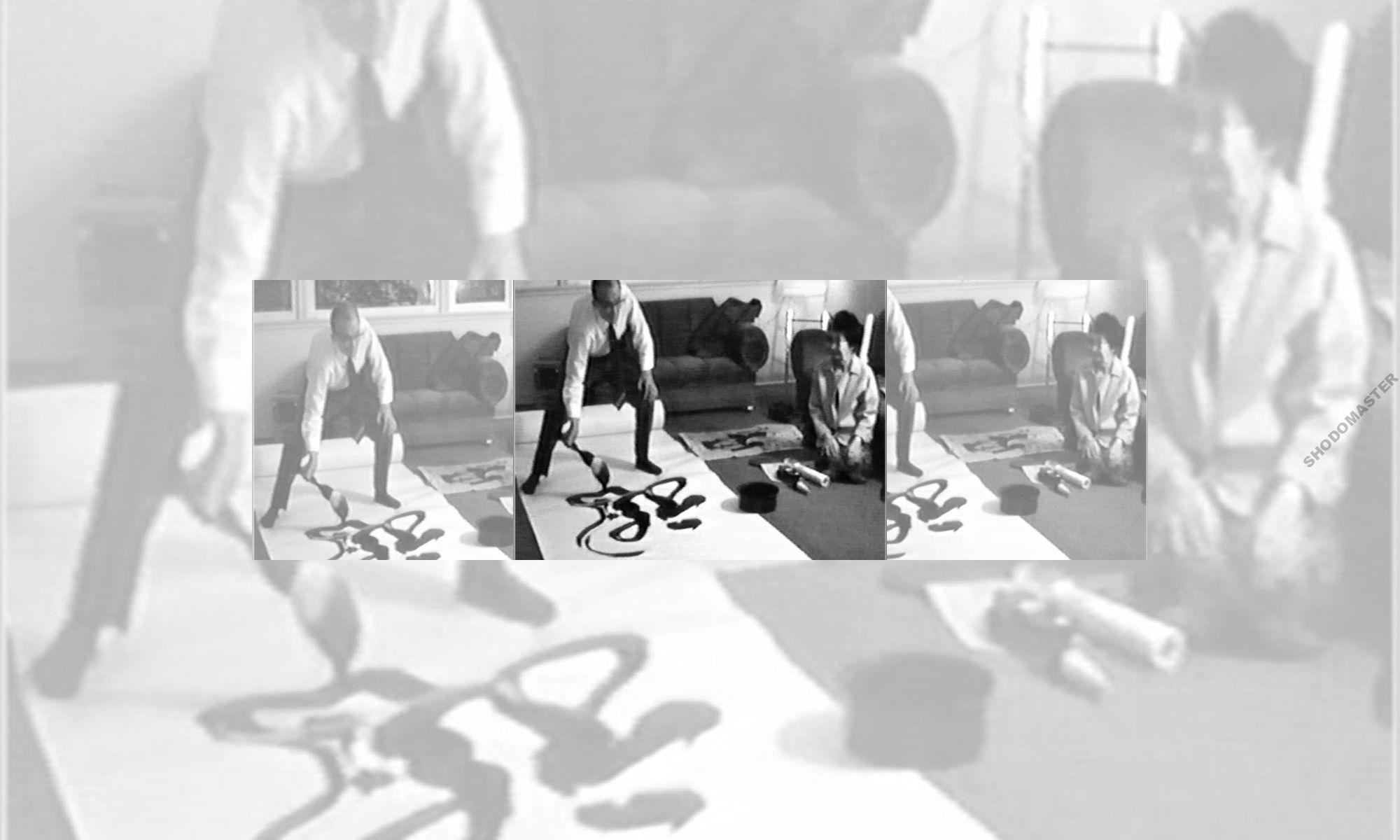The (千字文) Sen-Ji-Bun literally means, “1,000-Character Writing.” It is a one thousand character Chinese poem, a pangram and a isogram, as is the ancient i-ro-ha Japanese alphabet poem in which no two characters are repeated. It was originally titled “The Book of the Second Rhyme Wang Xizhi” by Zhou Xingse (502-549).
While a number of books have been written on this popular writing, one displays each character in columns of three styles of writing. Another book has five styles. Mr. Ouchida instead wrote separate books in each style, and yet another that includes four styles together. He also wrote a book of sōsho style with easy-to-read kaisho next to each character which a sample is included later in the book.
According to the history of the poem, it was used as a primer for teaching Chinese characters to children from the sixth century. It was organized into four-line rhyming stanzas to make it easy to memorize. It could be sung in a similar way that English-speaking school children sing the ABC’s and was taught not only in China but also in Korea.
Four-Style 1000-Character Poem book in Kaisho, Gyōsho, Sōsho and Reisho





